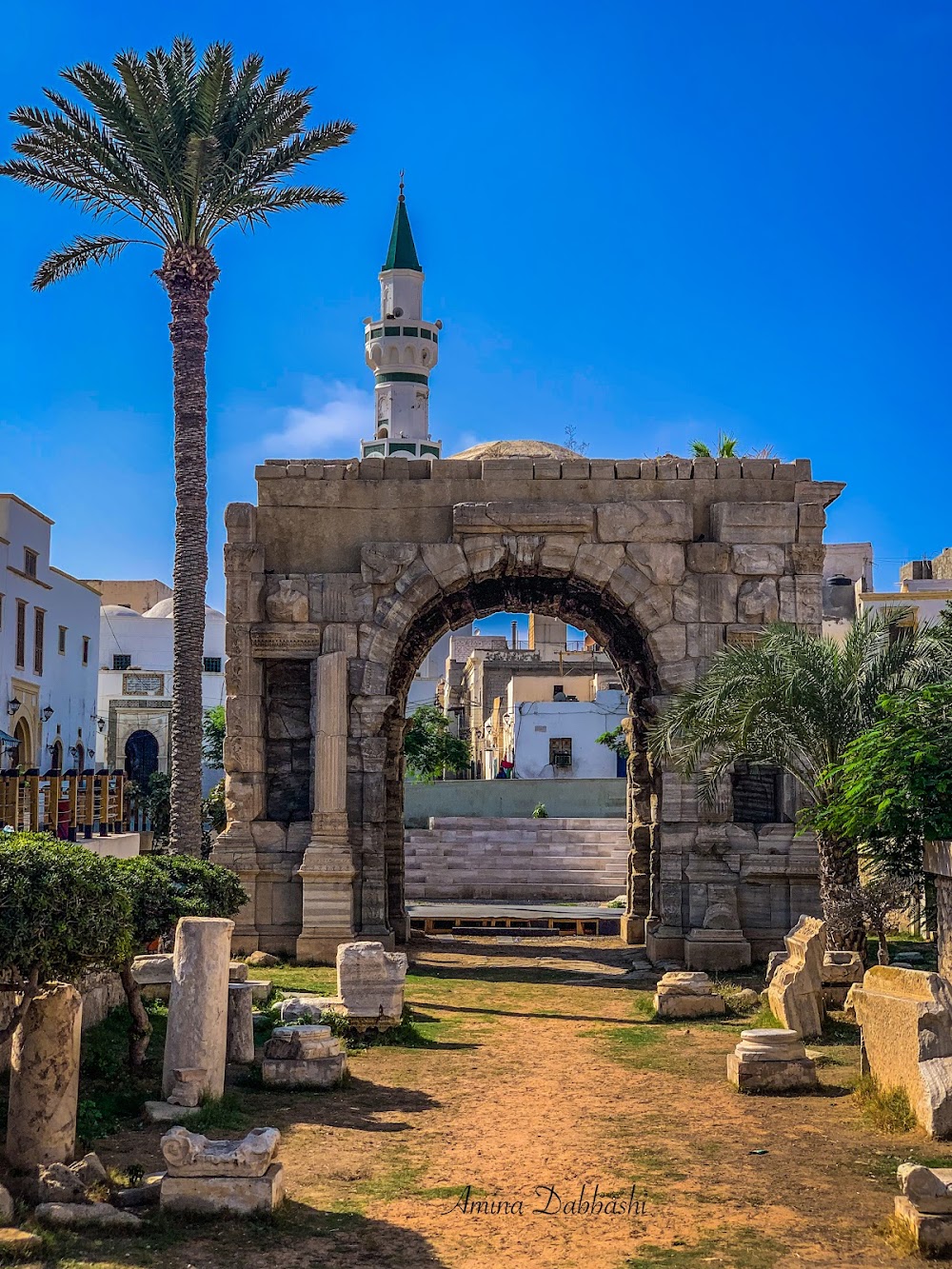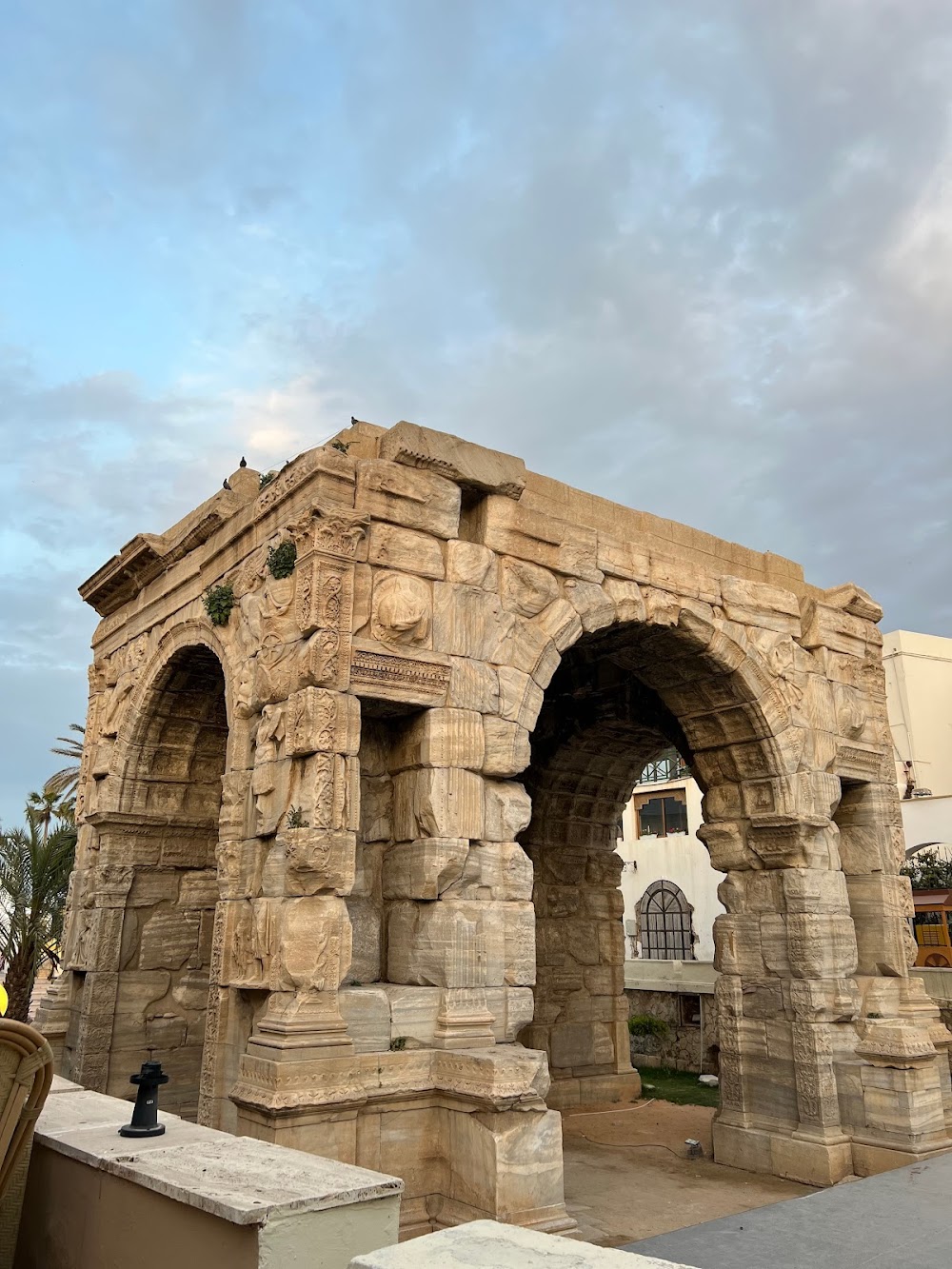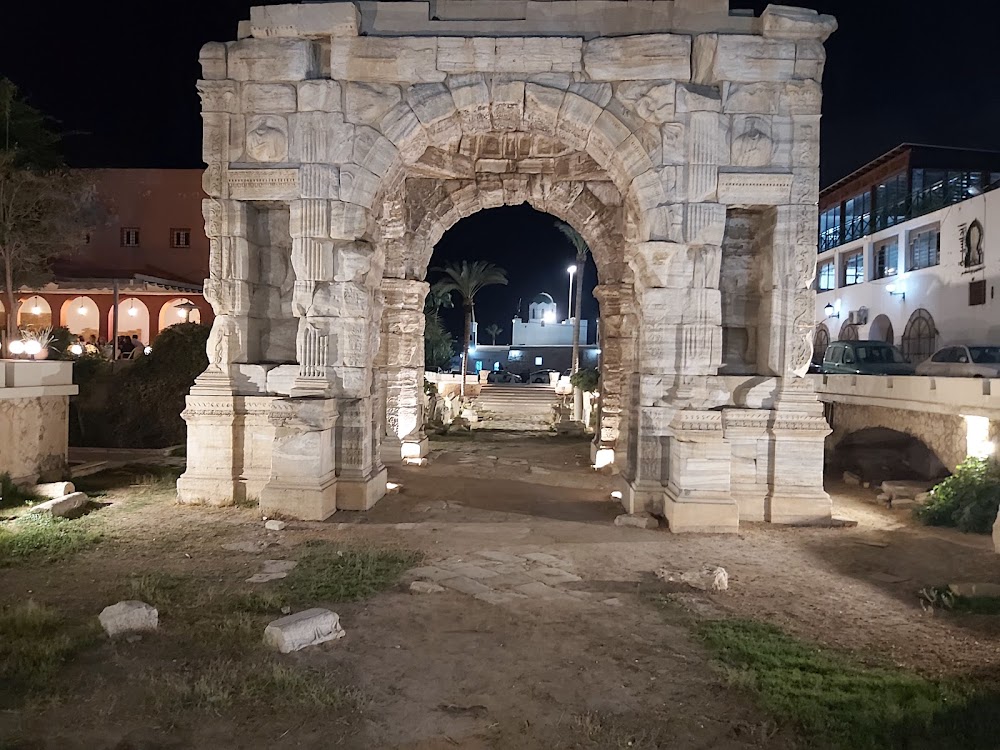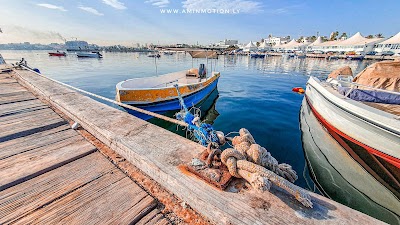Arch of Marcus Aurelius (قوس ماركوس أوريليوس)
Overview
The **Arch of Marcus Aurelius** is a magnificent monument located in the heart of Tripoli, Libya. Dating back to **163 AD**, this ancient architectural marvel honors the Roman Emperor Marcus Aurelius and his co-emperor Lucius Verus. Remarkably, it stands as the only remaining Roman triumphal arch in Tripoli, making it a significant historical landmark.
Constructed to commemorate the victories of Marcus Aurelius and Lucius Verus over the **Parthian Empire**, the arch represents a pivotal moment in Roman history. The Parthian campaigns marked important milestones for the empire, prompting the construction of grand structures to celebrate such achievements. The site of Oea, now known as modern-day Tripoli, was chosen for this commemorative arch due to its strategic significance in the region.
The **design of the arch** features a quadrifrons layout, boasting four arches that allow for appreciation from multiple angles. Originally situated at the intersection of the decumanus and the cardo—two primary thoroughfares of Roman cities—the arch served as a focal point in the urban layout of ancient Tripoli.
Each facade of the **Arch of Marcus Aurelius** is richly adorned with intricate carvings and reliefs that depict a variety of scenes. Among the most striking are the reliefs showcasing mythical figures and symbols of Roman power. The central panels prominently display the figures of Marcus Aurelius and Lucius Verus, illustrating their divine status and military prowess. Additionally, depictions of Roman deities enhance the arch's grandeur, further emphasizing its monumental significance.
Despite enduring centuries of wear and exposure to the elements, the beauty of the arch remains striking. The marble construction has weathered gracefully, resulting in a textured surface that narrates its long history. Although some portions have crumbled over time, dedicated restoration efforts have been made to preserve its magnificence. Archaeologists and conservators have worked diligently to maintain the integrity of the structure, ensuring it continues to stand as a testament to Roman engineering and artistry.
The **construction techniques** employed in the arch are impressive in their own right. Roman builders showcased exceptional masonry skills, fitting massive limestone blocks with remarkable precision. Iron clamps and dowels were utilized to secure the stones, a method that has allowed the arch to withstand the test of time. The use of locally sourced limestone also contributed to its durability, as this material is well-suited to the Mediterranean climate.
While primarily a symbol of **victory and power**, the arch also served practical purposes. It functioned as a gateway for significant processions and parades, linking important areas of the city. Moreover, it demarcated a space of honor and reverence, reinforcing the authority of the emperors to the citizens of Oea.
Today, the **Arch of Marcus Aurelius** is cherished as a historical site and a symbol of Libya's rich cultural heritage. It attracts visitors from around the globe, eager to marvel at its ancient craftsmanship and walk in the footsteps of history. The arch not only provides a glimpse into the Roman past but also serves as a reminder of the enduring legacy of human ingenuity and artistry.








